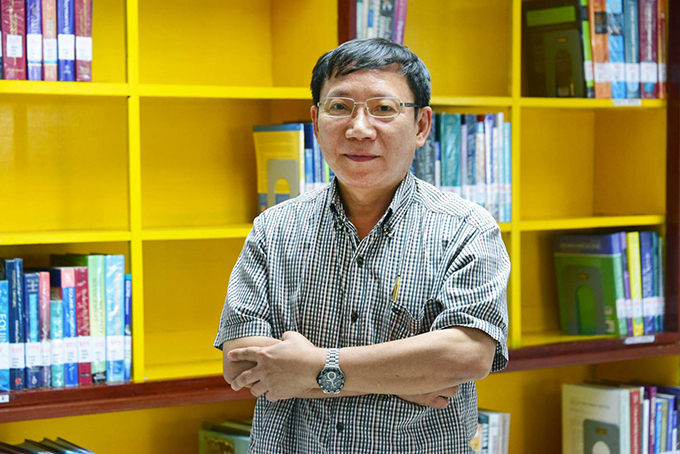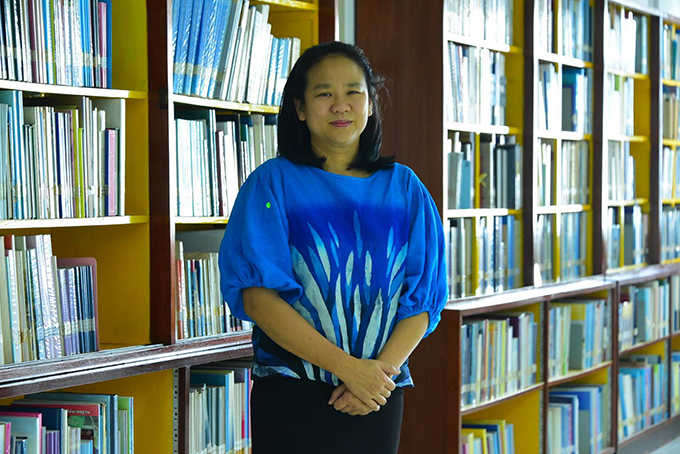Scientists of Tomsk Polytechnic University has conducted research on the 35ClO2 isotope and developed a mathematical model and software, which allow predicting characteristics by 10 folds more accurate than already known results. The research work was conducted by a research team of Russian, German and Swiss scientists. The research findings are published in the Physical Chemistry Chemical Physics (IF: 3,4; Q1) academic journal and listed as one of the best articles.
The ClO2 molecule is extremely important for medicine and biophysics, as well as for the Earth atmosphere. It is used in medicine for disinfection and sterilization. On a global scale, ClO2 plays one of the crucial roles in the formation and migration of ozone holes.
“The theoretical background for nonlinear molecules in so-called non-singlet electronic states, including ClO2, has been poorly developed until very recently. To study such molecules, scientists use a mathematical apparatus for linear molecules. As the molecule and its structure are different, there are large observational errors,” Oleg Ulenekov, Professor of the TPU Research School of High-Energy Physics, the co-author of the article, says.
“We created a mathematical model that takes into account subtle effects, the interaction of rotations and spin-rotational interactions in nonlinear molecules. The mathematical model gives the results with high accuracy that allows obtaining unique data and, the most important is that, predicting the properties of molecules with high accuracy,” Oleg continues.
The TPU scientists compiled the mathematical model of the 35ClO2 molecule for double electronic states and included it in computer codes. This software application can read and predict experimental data, that is properties of a molecule in the given range and its state transitions. Spectral analysis of the molecule based on the compiled model possesses the result by 10 folds accurate than already known ones.
Based on the created model, the scientists conducted an analysis of rotational-vibrational spectra in a degenerate electronic state. The experimental basis of the research work was conducted in the Laboratory for Molecular Spectroscopy at Technical University of Braunschweig (Germany) and ETH Zurich (Switzerland).
According to the scientists, the compiled model possesses a more unique character and it can be developed and adapted to the other ranges.
“Having published the results, the editorial staff of the journal reported that the article was selected and put in the hot topic section, the so-called pool of the best articles. Such recognition of the work of the international research team is very important and valuable. We are planning to continue the research work and apply the model for analysis of the 37ClO2 isotope,” Elena Bekhtereva and Olga Gromova, Professors of the TPU Research School of High-Energy Physics, the co-authors of the article, add.













